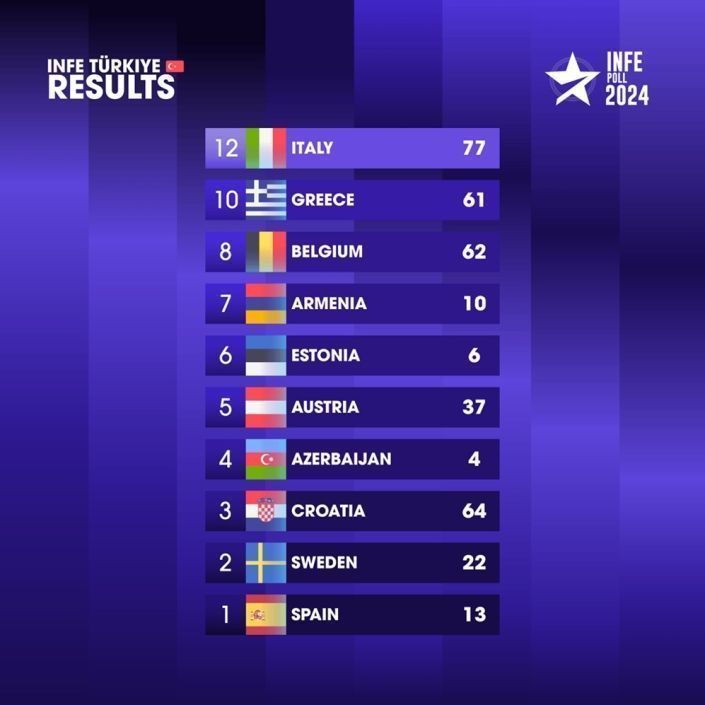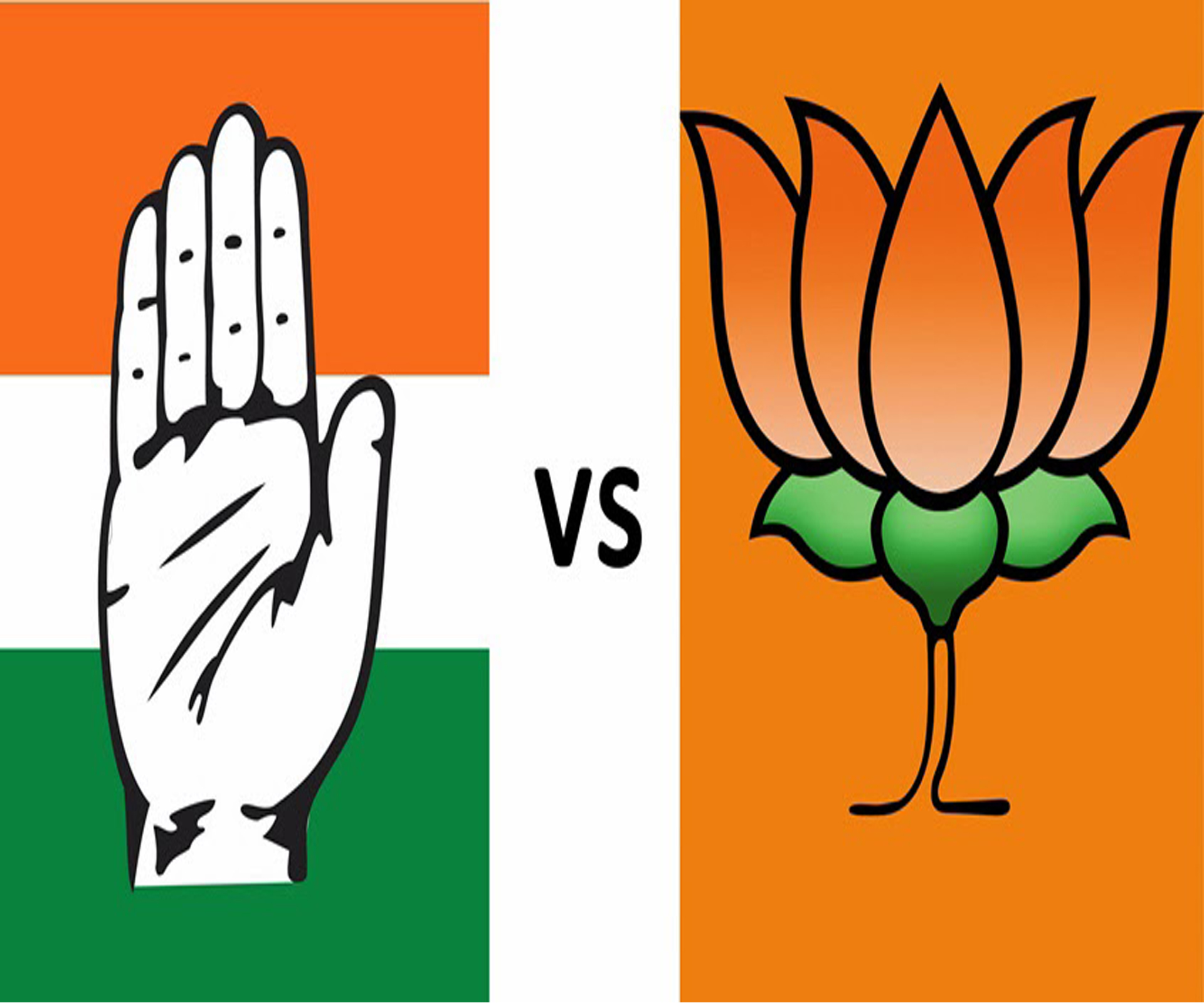A Global Artworld 1850-1950: An Art Review For 2025

Table of Contents
Rise of Realism and its Global Echoes
Realism, born as a reaction against the Romantic idealization of nature and society, profoundly impacted the Global Artworld 1850-1950.
French Realism and its Impact (Courbet, Millet)
French Realism, spearheaded by artists like Gustave Courbet and Jean-François Millet, offered a stark portrayal of everyday life, focusing on social commentary and a rejection of Romantic sentimentality. Courbet's "The Stone Breakers" (1849) and Millet's "The Gleaners" (1857) are prime examples of this unflinching depiction of the working class. This focus on social realism resonated far beyond France's borders.
- Key Artists: Gustave Courbet, Jean-François Millet, Honoré Daumier
- Notable Works: "The Stone Breakers," "The Gleaners," "Third-Class Carriage"
- Geographical Spread: France, rapidly spreading to other European nations and beyond.
Realism's Global Variations
Realism didn't simply replicate itself across the globe; it adapted and transformed, reflecting unique cultural contexts.
- American Realism: Artists like Thomas Eakins embraced a similar focus on realistic portrayal, but with an emphasis on American landscapes and everyday life. Eakins' "The Gross Clinic" (1875) exemplifies this approach.
- Russian Realism: The Russian Realist movement, with artists like Ilya Repin, used realism to critique social inequalities and advocate for social reform, deeply intertwined with the political and social climate of the time. Repin's "Reply of the Zaporozhian Cossacks" (1880-1891) captures this spirit.
- Contrasting Styles: While sharing a commitment to accurate representation, Realism manifested differently in terms of subject matter, style, and social commentary, reflecting each region's specific cultural and socio-political landscape.
The Impressionist Revolution and its Worldwide Influence
The Impressionist movement revolutionized painting techniques and profoundly shaped the Global Artworld 1850-1950.
Parisian Impressionism and its Techniques
Parisian Impressionists, including Claude Monet, Pierre-Auguste Renoir, and Edgar Degas, broke away from traditional academic styles. Their focus on capturing fleeting moments, employing visible brushstrokes, and emphasizing light and color revolutionized artistic expression.
- Key Characteristics: Emphasis on light and color, visible brushstrokes, en plein air painting.
- Innovations in Painting Techniques: Development of new paint application methods to capture the effect of light.
- Key Artists: Claude Monet, Pierre-Auguste Renoir, Edgar Degas, Camille Pissarro, Berthe Morisot.
Global Reception and Adaptation of Impressionism
Impressionism's influence extended far beyond Paris. Its impact is visible in various artistic movements and styles across the globe.
- Influence of Japanese Woodblock Prints: The vibrant colors and asymmetrical compositions of Japanese ukiyo-e prints significantly impacted Impressionist aesthetics, visible in the works of many artists.
- Impressionism in America: American artists like Mary Cassatt embraced Impressionist techniques, adapting them to American subjects and settings.
- Global Spread: Impressionism's influence is seen in the development of various Post-Impressionist and early Modernist movements around the world.
Modernism's Emergence and its Global Manifestations
Modernism, a radical departure from traditional art, marked a significant turning point in the Global Artworld 1850-1950.
Early Modernism in Europe (Fauvism, Expressionism, Cubism)
Early 20th-century Europe saw the rise of Fauvism (Matisse), Expressionism (Van Gogh, Munch), and Cubism (Picasso), each characterized by its unique approach to form, color, and representation. These movements challenged established artistic conventions.
- Fauvism: Emphasis on bold colors and expressive brushwork.
- Expressionism: Focus on conveying inner emotions and psychological states.
- Cubism: Fragmentation of forms and perspectives.
- Key Artists: Henri Matisse, Pablo Picasso, Vincent van Gogh, Edvard Munch.
Modernism Beyond Europe
Modernism wasn't confined to Europe. Artistic movements emerged in diverse non-European contexts, reflecting local cultures and traditions.
- Latin American Modernism: Artists explored national identities and social issues through unique artistic expressions.
- African Modernism: Diverse artistic styles developed, often blending traditional African art forms with modern influences.
- Asian Modernism: A fusion of traditional and modern aesthetics emerged, reflecting the unique cultural contexts of each region.
The Interconnectedness of the Global Artworld (1850-1950)
The period from 1850 to 1950 saw an unprecedented interconnectedness in the art world, facilitated by several factors.
- Colonialism: The colonial exchange of art and ideas, often a one-sided imposition, profoundly influenced artistic development globally.
- Globalization: Increasing trade and communication led to the spread of artistic styles and ideas across geographical boundaries.
- Technological Advancements: Photography and advancements in printing technology played a significant role in disseminating art and ideas, making artistic styles and movements accessible to a wider audience.
- Exhibitions and Art Markets: International exhibitions and art markets facilitated the exchange of artistic ideas and works across national borders.
Conclusion: Re-evaluating the Global Artworld 1850-1950 in 2025
This exploration of the Global Artworld 1850-1950 reveals the interconnectedness of artistic movements across cultures and the lasting impact of this era on contemporary art. Understanding this historical context is essential for appreciating the diverse influences shaping art today. The period showcased not just the evolution of artistic styles but also the complex interplay of cultural exchange, technological advancements, and socio-political factors that continue to shape the global art scene. We encourage you to delve deeper into this fascinating period. Visit museums, explore online resources like the Metropolitan Museum of Art's online collection or the Khan Academy's art history resources, and engage with contemporary art through the lens of this rich historical context. Continue your exploration of the Global Artworld 1850-1950 – your understanding of art will be richly rewarded.

Featured Posts
-
 Eurovision 2024 Infe Poll Vote Now In Esc Todays 9th Annual Prediction
May 19, 2025
Eurovision 2024 Infe Poll Vote Now In Esc Todays 9th Annual Prediction
May 19, 2025 -
 Policia Nacional Despliega Operativo De Seguridad En El Cne De Caracas
May 19, 2025
Policia Nacional Despliega Operativo De Seguridad En El Cne De Caracas
May 19, 2025 -
 India News Today Top 5 Headlines Bjp Vs Congress You Tuber Spy Case And Breaking News
May 19, 2025
India News Today Top 5 Headlines Bjp Vs Congress You Tuber Spy Case And Breaking News
May 19, 2025 -
 Eurovision Song Contest 2025 Host City Dates And Everything You Need To Know
May 19, 2025
Eurovision Song Contest 2025 Host City Dates And Everything You Need To Know
May 19, 2025 -
 Final Destination Bloodline A Directors Perspective On Franchise Evolution
May 19, 2025
Final Destination Bloodline A Directors Perspective On Franchise Evolution
May 19, 2025
